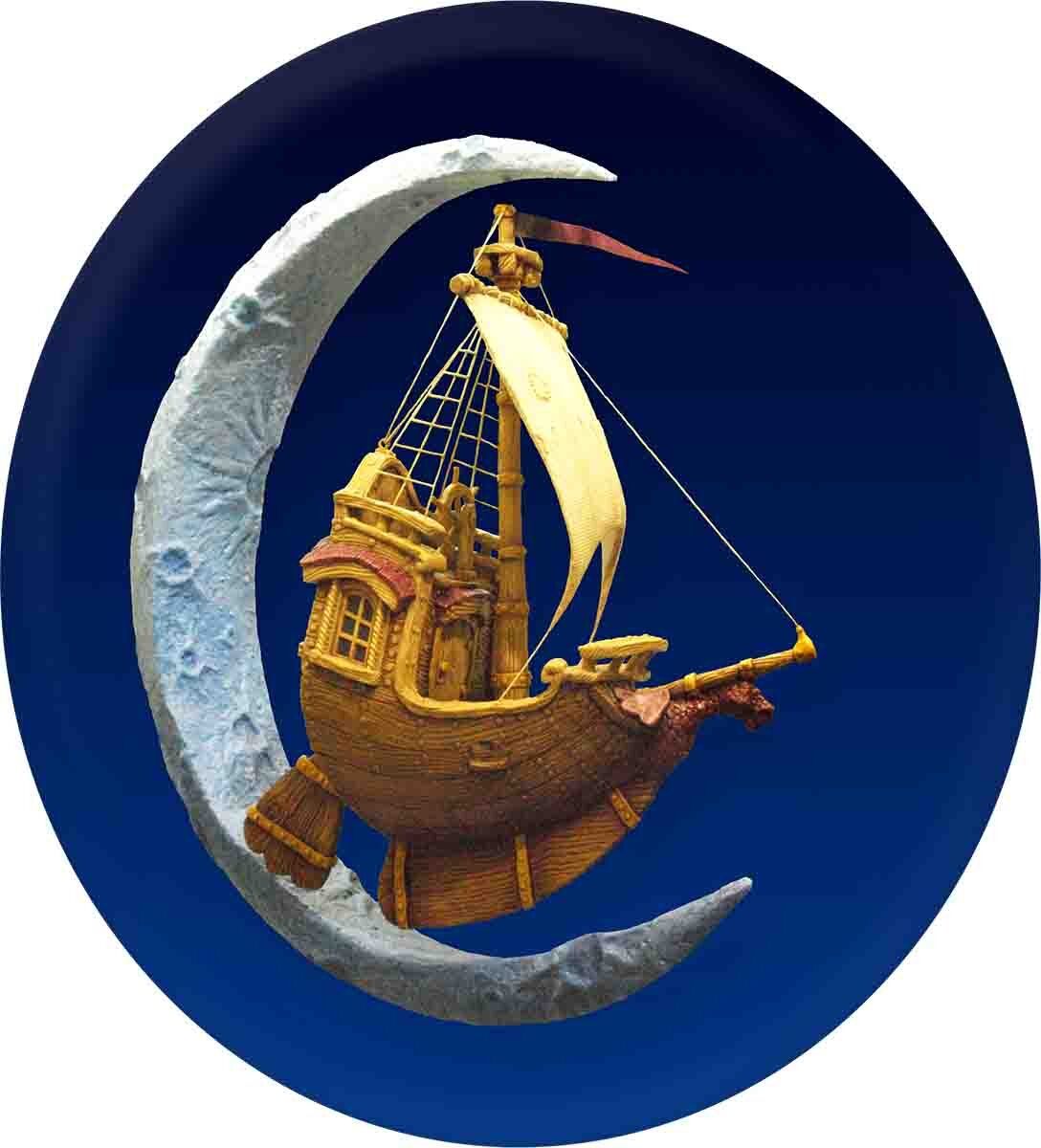When visitors to my office see the fancy computer on my desk, often the first question they ask is 'Do I use the computer to create my projects. The answer is yes - and no. As I design I do use the computer. But most of the design I do on it is drawn freehand using a digital tablet. I make invisible strokes on the tablet which lays flat on my desk and the lines show up instantly on the screen. The program I use is powerful and it aids me greatly but the designs and ideas are still coming from my brain and through my hands to the screen. The paper is virtual - everything else is real.
I still fill many sketchbooks on a regular basis, scribbling my ideas down on paper with a roller ball pen. These initial roughs are then scanned into the computer to be the basis of the finished drawings I produce at my desk. So to answer the question do I use a computer? Yes, but it only makes things go faster and allows me to do revisions and changes much easier than when I did it all by hand. The final drawings would look the same no matter how I got there.
One of the drawings I recenty posted is a good example. Here's the rough scanned out of my sketchbook
And here's the version that was produced on the computer using that first rough as reference. It does not look computer generated because it isn't. Rather it is hand drawn on a compueter. There is a big difference.
I also use a computer to produce the routing files that are run on our MultiCam CNC (computer - numerically - controlled) router. I start the very same way, with a pen and my sketchbook to get down and work out the ideas I have in my head. From here I often create my own fonts, or if I have a cool font that works use it as the starting point. Almost always I modify and tweak the different letters to work together properly. respacing and reforming parts as necessary. Borders, panels and other elements are all drawn by hand using that same digital pen and tablet I use for my renderings.
These vector lines are then imported into a program called EnRoute to create the fancy reliefs. There I create and modify reliefs, slowly creating the shapes layers and effects that mirror the ideas first formed in my sketchbook and in my head. Creating a file can tke minutes or hours depending on it's complexity. Through it all the order of the proceedures is often critical. There is no magic button that I've found. A file I did today was done in this program. It looked like this when I was done. This is a computer generated image. Our job is to make it look like it was hand made before we are done.
In the days before the computer I would have had to design, draw and then hand cut the patterns. The deep wood grain would have been sandblasted into the wood leaving the raised portions. The lettering would have been hand carved. Now the computerized machine does the work.
The one step the computer does without any help from me (other than pushing a button) is to generate the code the machine needs to operate. Each point (and there are millions) needs three numbers. It is called G-code. the numbers represent the position of the cutter and include height and horzontal and longtitudinal positions.
While I could do the work we do without a fancy computer, the fact is it would take a great deal more effort and time. The computer (with lots of help from me) can get us about half way through the process. The rest of the project is done the old fashioned way - by hand and with great skill. The computer is a mavelous tool that is perfect for some jobs. The real magic still comes from the brain and hand.
-grampa dan



